This is a continuation of a series of posts on the Sony a7RIII. You should be able to find all the posts about that camera in the Category List on the right sidebar, below the Articles widget. There’s a drop-down menu there that you can use to get to all the posts in this series. You can also click on the “a7RIII” link in the “You are here” line at the top of this post.
I’ve already written two posts on the Sony a7RIII pixel shift feature. They are here and here. This post talks about how the feature does with various ways of demosaicing. For the purpose of this post, we’ll consider the reconstruction of an image from the four shifted captures to be just another way of demosaicing.
Here’s our test scene:
There is now a beta of Raw Therapee that will decode ARQ files. It’s a bit tricky to make that work. First, you have to add the ARQ extension to the browser in preferences. Then you pick a profile. I picked “Neutral”. Then you go into the raw tab, and change the demosaicing method to “pixel shift”. And last, but very importantly, you turn off motion compensation. If you don’t, you’re likely to get some strange results — at least I did.
I’ll show you some crops of just the star using Raw Therapee and some different demosaicing methods.
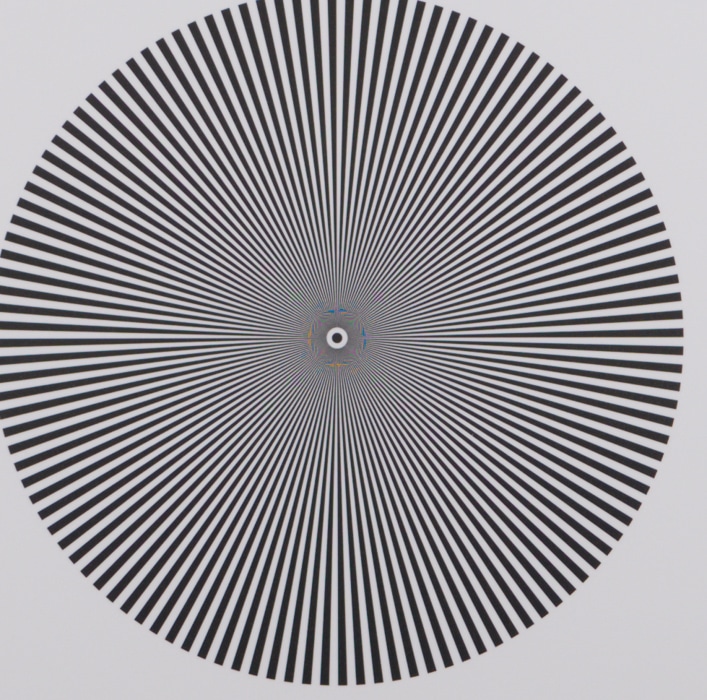
AHD has its usual intense yellow and blue false colors.
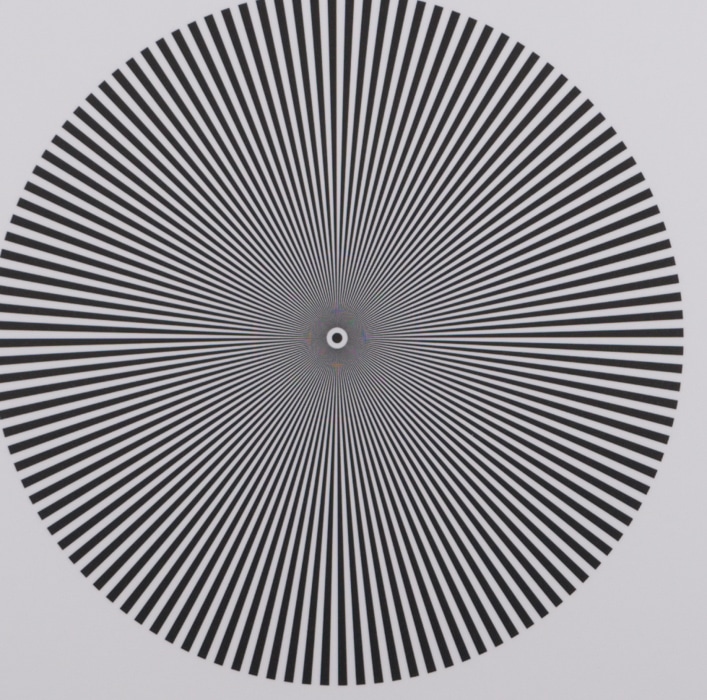
IGV is a lot better, but still has a lot of false coloration.
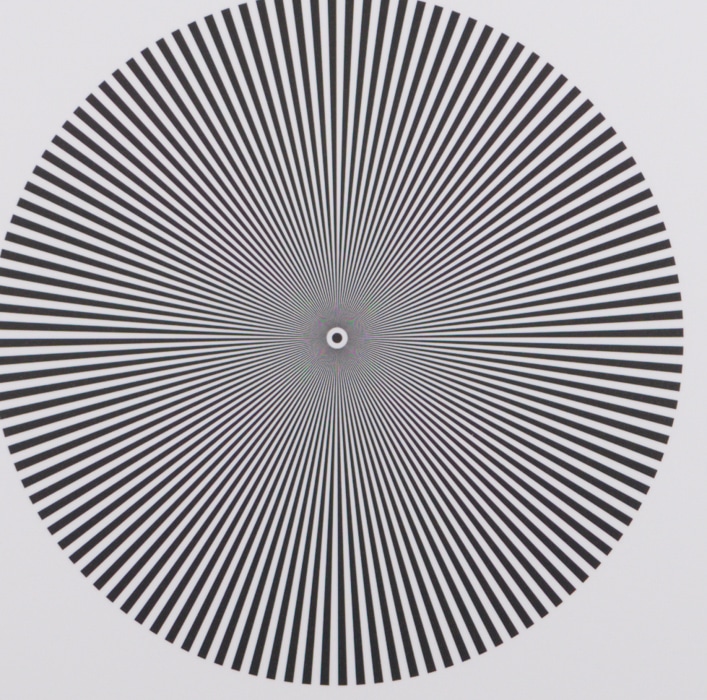
AMaZE is the best for this target.
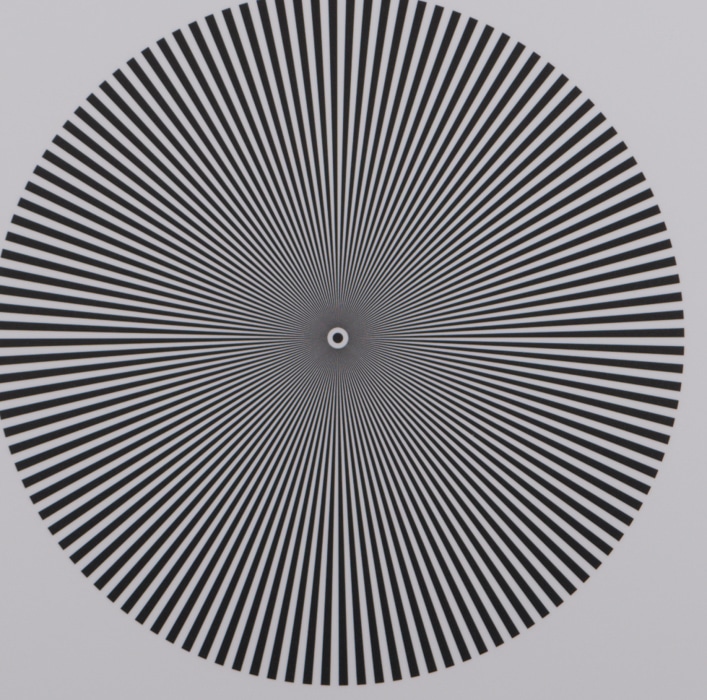
Pixel shift has no false coloration at all, as you’d expect if the camera and the subject did not move.
For comparison, here’s the ARQ file exported as a TIFF from RawDigger:
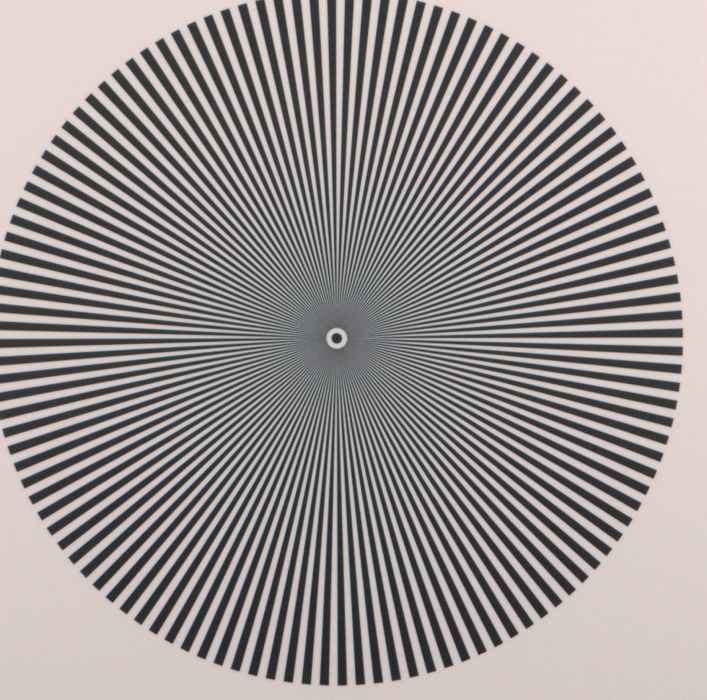
In all cases, I’ve approximately corrected for white balance and tone curve differences.
Now we’ll go through the same set of images at greater magnification so we can focus on sharpness.
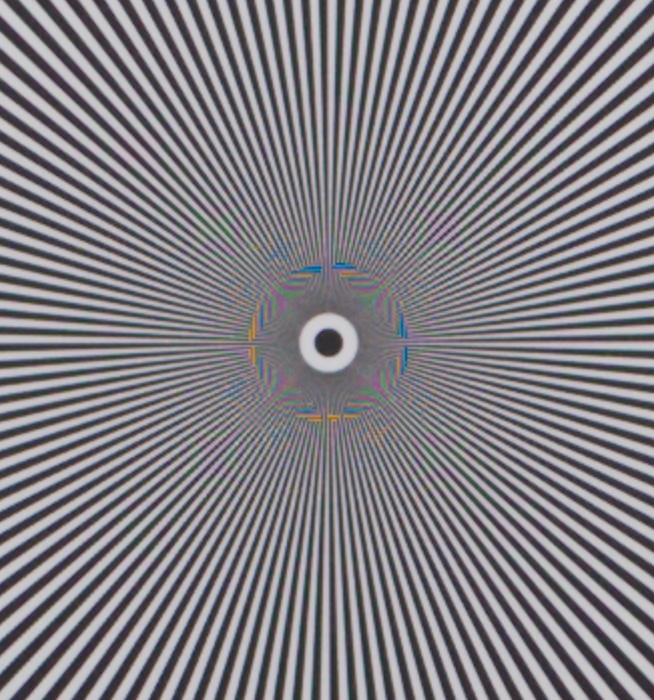
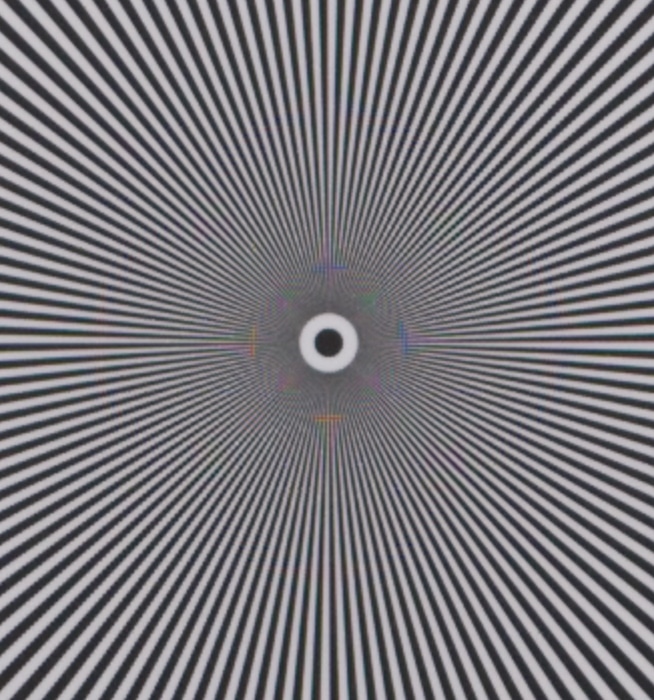
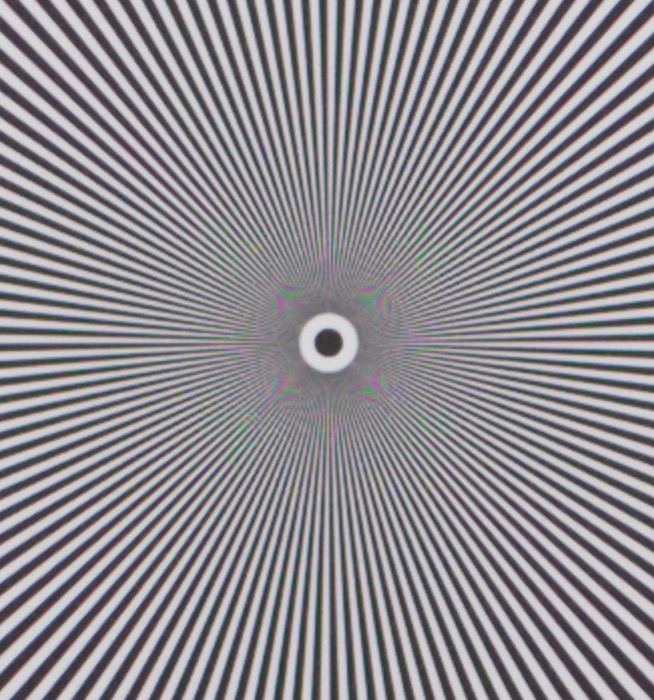
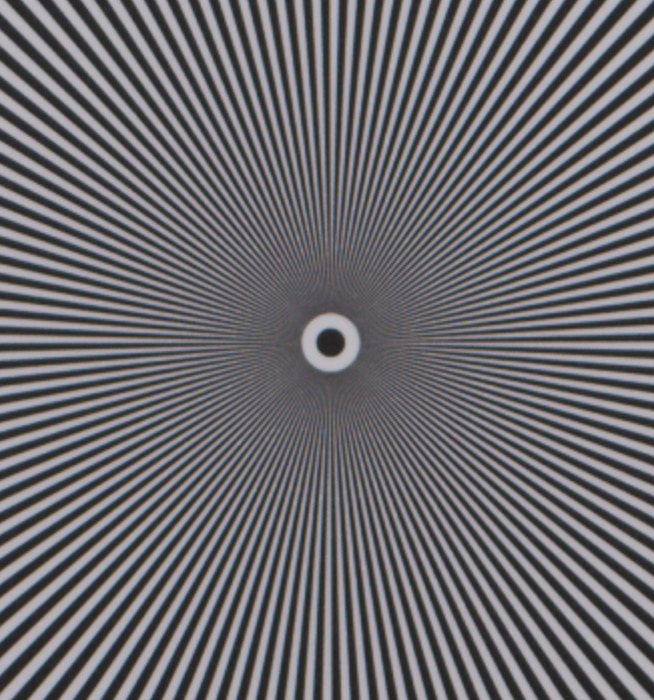
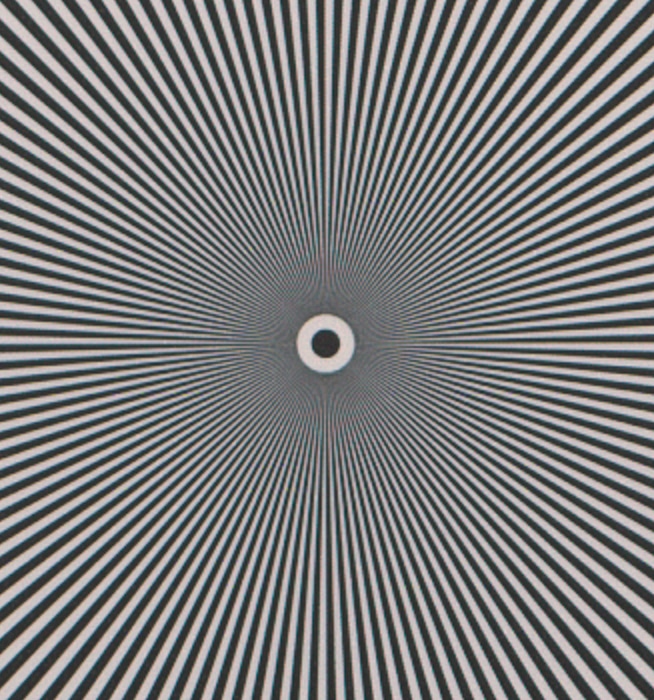
As you can see, when compared to AMaZE, the improvements in pixel shifting are mostly in the elimination of false color, and only slightly in improved sharpness. As we saw earlier, this is not the case with strongly chromatic blue and red subjects; there pixel shifting makes considerable sharpness strides.
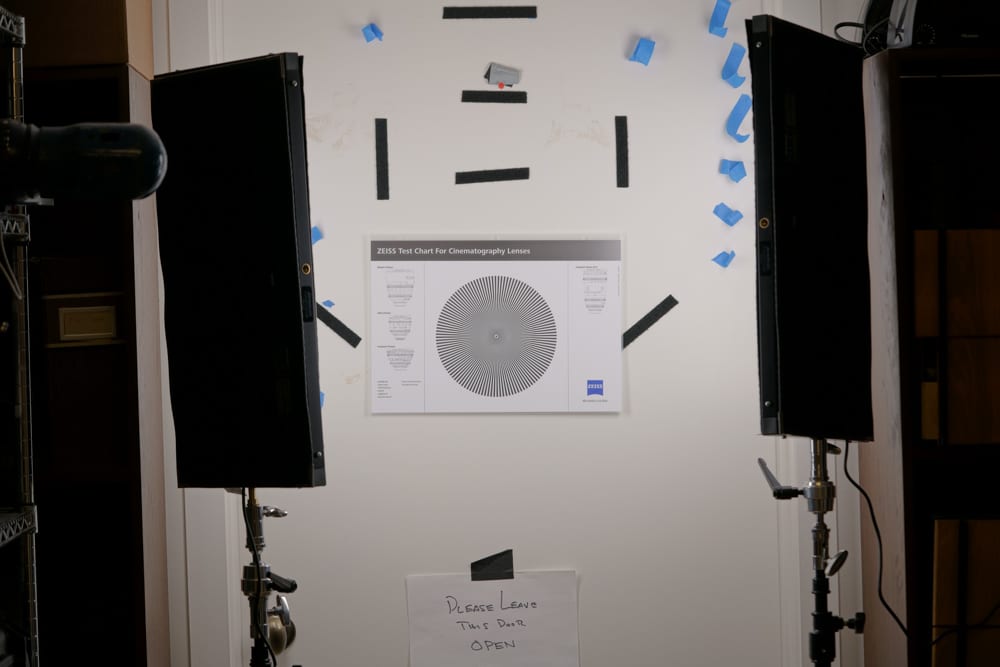
Jim, FYI when evaluating pixel shift on the K-1, the RT demosaicer that came closest to the shifted image was DCB with ‘enhancements’ checked.
When I shoot my Sony in pixel shift, the first two shots briefly show the word “cancel” as if something is not right. I still get the four pictures and when processed do reveal a picture with better detail and color rendition.
Am I doing something wrong?
Sorry, I don’t know. I’ve never seen that.